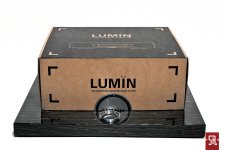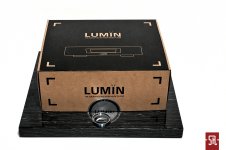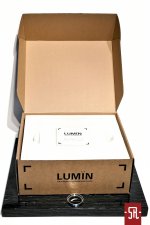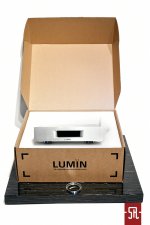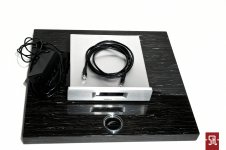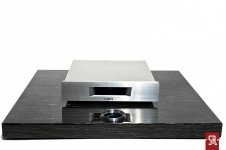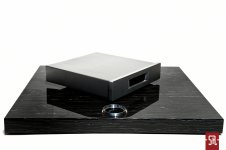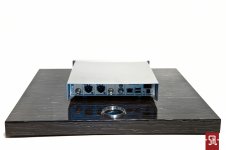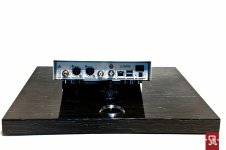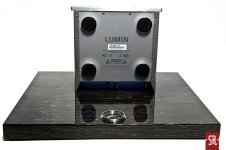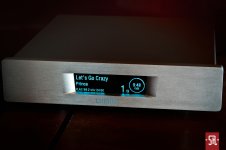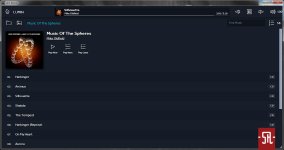- Thread Author
- #1
Since in another thread there are some interests in the (soon to be available) entry level D1, here's a link that shows some photos of it. We can see how its physical size compares to S1, and the connectors at the back.
LUMIN D1-AvBuzz
The only audio quality comment in this article is: the author feels that for the digital output there is is little difference between S1 and D1. He does not comment on the analog output quality. Since the D1 uses the same clocking system as A1/T1, which formed the basis of the enhanced S1 clocking system tuned for ESS9018, I guess his comment is not too surprising. This also means that for those who like the Lumin way of network music playback operations but like to use another DAC, the D1 could be a nice choice that is more budget friendly.
For those who don't know, here's a summary of D1:
D1 uses dual Wolfson WM8741 DAC chips like A1 and T1, so it supports the same music formats and upsampling as A1/T1 (including DSD64) and retains both the balanced and unbalanced outputs as well as the digital output. Different from A1/T1, D1 is a single board design, thus physically smaller, drops the high-cost Lundahl output transformers and drops the HDMI output. It comes with an entry level external 12V power supply (that can be replaced easily by off-the-shelf units).
LUMIN D1-AvBuzz
The only audio quality comment in this article is: the author feels that for the digital output there is is little difference between S1 and D1. He does not comment on the analog output quality. Since the D1 uses the same clocking system as A1/T1, which formed the basis of the enhanced S1 clocking system tuned for ESS9018, I guess his comment is not too surprising. This also means that for those who like the Lumin way of network music playback operations but like to use another DAC, the D1 could be a nice choice that is more budget friendly.
For those who don't know, here's a summary of D1:
D1 uses dual Wolfson WM8741 DAC chips like A1 and T1, so it supports the same music formats and upsampling as A1/T1 (including DSD64) and retains both the balanced and unbalanced outputs as well as the digital output. Different from A1/T1, D1 is a single board design, thus physically smaller, drops the high-cost Lundahl output transformers and drops the HDMI output. It comes with an entry level external 12V power supply (that can be replaced easily by off-the-shelf units).

